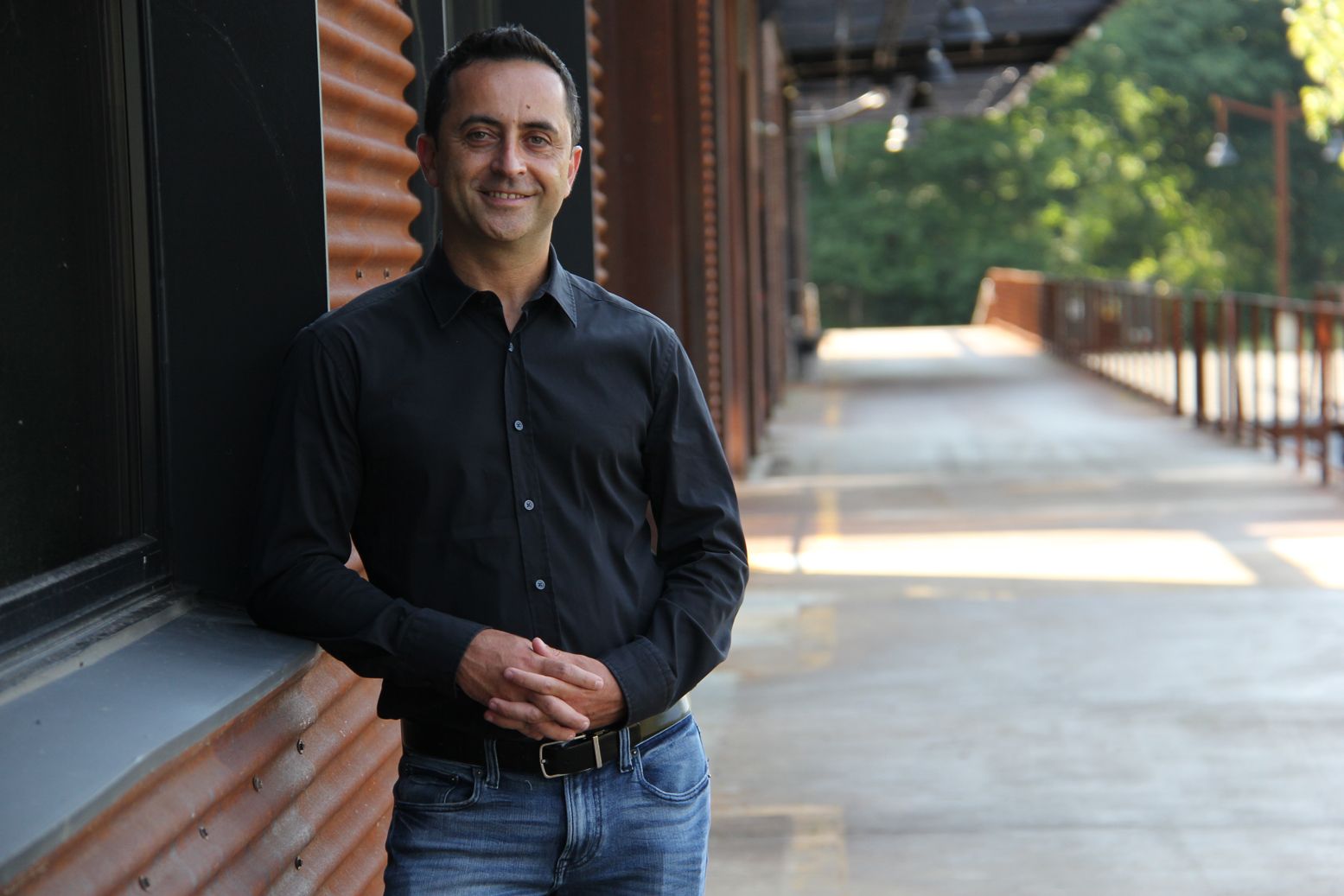- Sustainability
- DE&I
- Pandemic
- Finance
- Legal
- Technology
- Regulatory
- Global
- Pricing
- Strategy
- R&D/Clinical Trials
- Opinion
- Executive Roundtable
- Sales & Marketing
- Executive Profiles
- Leadership
- Market Access
- Patient Engagement
- Supply Chain
- Industry Trends
The opportunity to evolve the oncology model is ready and waiting
Brand Insights - Thought Leadership | Paid Program
Paul Hagopian

Steve Millerman

Oncology is arguably one of the most rapidly evolving markets in the biopharma world, but has the commercial model kept pace? Change—driven by the expansion of companies and therapies, the emergence of a whole new class in immunotherapy, and the innovation fueled primarily by small players—should be met with a model that goes beyond the business practices of yesterday. There are key questions that, when factored into a launch or product evolution, will help to drive meaningful change for both the manufacturers and their core constituents, the patients and providers.
How will we combine our field and marketing resources into a single, coordinated commercial effort with shared accountability?
The traditional approach where sales and marketing are “together but separate,” with investments made based on distinct strategies, is an antiquated model the industry can’t seem to let go of. Fear of change breeds inertia. Our customers want service; they need access to information, tools, and education, but on their terms. This isn’t about sunsetting the sales rep, but it is about walking away from the ways we’ve asked our sales teams to operate and adopting a model designed to bring value on-demand.
Technology has evolved to the point where our nonpersonal promotional efforts can be targeted to the physician level AND shared with our teams in the field to coordinate a response built to support the customer. The pandemic not only fast-tracked the evolution of how we use technology to engage with customers, it also functioned as a real-world proving ground that allowed for trial and error as commercial organizations experimented to find the right mix. The trick is to ensure there is an opportunity for customers to not only opt in, but to have the ability to request access to a rep, MSL, nurse educator, etc. There’s a real opportunity to rewrite the oncology marketing playbook in a way that elevates the customer experience with the industry and at the same time drives a greater return on commercial investment.
Have we appropriately engaged ethnic and race-based populations as a key component of our brand marketing?
Checking the box by doing things like including images of minorities in our marketing initiatives isn’t enough. Connecting with underserved populations that are often disproportionately burdened by cancer requires a wholesale re-think of promotional strategy.
This isn’t a matter of better targeting; it’s a matter of understanding mind-sets and concerns and uncovering the insights that can be capitalized on to build trust and open doors that will lead to better care. Case studies have shown 3-6X better engagement and/or ROI achieved through novel methodologies driven by custom targeting and content. Considerations of unique targeting and content for Black/African American patients as well as Hispanic patients, for example, is a critical component of these novel approaches.
It’s not business as usual once we’ve done our research and evolved our approach; it’s the beginning of new relationships and real commitments to grow and evolve with the community. The essential perspective here is that expanding how we market and who we market to is good for all involved.
The investment in multicultural marketing strategies that diversify the commercial model is mutually beneficial, where the returns are improved health outcomes and an expanded addressable population.
What can we do to preemptively address inevitable persistency challenges?
Launching a drug is like climbing a mountain, a very big mountain. But, as they say in climbing, the summit is only halfway. In oncology, the number of oral therapies has grown exponentially over the past two decades, but the convenience of at-home treatment also brings with it the pitfalls of persistency.
While it may seem like a secondary or tertiary priority during launch preparation, heading off the inevitable drop-offs is a way to protect patient outcomes and the bottom line. Consider that reports show nonadherence to oral oncolytic therapy ranging from less than 20% to as much as 100%.1 For both marketers and treating physicians alike, this is startling given the gravity of a cancer diagnosis.
The strategies for persistency, often handled with sophisticated patient-direct CRM programs, remain at the top of the list, but HCP-directed messaging and patient monitoring tied to efficacy and side-effect evaluation and management should be in place from day one. The behavioral patterns and means to address how and why patients choose to not take their therapy as prescribed are well-characterized, but finding the right ways to aid prescribers and patients is something that commercial teams are ideally suited to address. In fact, the importance of staying the course should be baked into the brand itself.
In conclusion...
Think about each of these areas, not only at launch, but today and during planning for the coming year. Oncology is a dynamic marketplace, and venturing beyond the strategies that have gotten us to where we are today will help us answer the difficult questions for tomorrow.
Reference:
1. Partridge AH, Avorn J, Wang PS, Winer EP. Adherence to therapy with oral antineoplastic agents. J Natl Cancer Inst. 2002;94:652-661.
Paul Hagopian is Chief Growth Officer Fingerpaint Group and may be reached at phagopian@fingerpaint.com. Steve Millerman is General Manager, Fingerpaint Multicultural, and may be reached at smillerman@fingerpaint.com. Fingerpaint and Fingerpaint Multicultural are both Fingerpaint Group companies.
